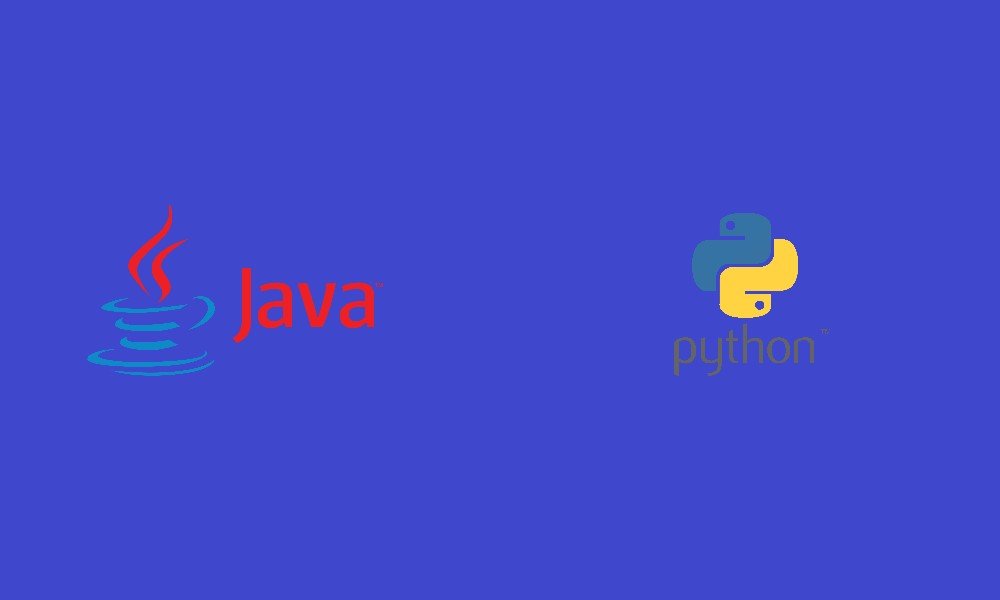Looking for Python Vs Java guide?
The race for the best programming language has always been incredibly convoluted. Programming, being the ground for computer science, eventually spawned many different languages.
Table of Contents
ToggleWhenever the question of choosing the best arises, Python and Java will surely make it to the decisive stages. So, the better choice of Python vs Java has always been an enthusiastic debate.
What is Python?
It’s a well-interpreted, high-level, object-oriented programming language released back in 1991. It’s now the #1 program language on the planet with a 16.12% rating. All the involved parameters and the simple functionalities make Python a universally beginner-friendly language.
The standout features of Python programming language include –
- GUI Programming Support
- Automatic Garbage Collection
- Large Standard Libraries
- Dynamic Memory Allocation
- Dynamically Typed with Checking
- Third-party Module Pool
- Large Active Community Base
- User-friendly Data Structures
Leveraging the ecosystems and/or frameworks can provide excellent is easy, even for non-programmers. Still, Python doesn’t come without its negatives associated with its technical aspects. You’re to address issues like slow speed, runtime errors, no multithreading, or intensive memory.
Nonetheless, Python has wide applicability in various sectors, like –
- Software and web development
- Automation or scripting
- Data analysis and data visualization
- Machine learning
- Software prototyping and testing
A concise syntax supported by superior readability makes Python the ultimate choice for apprentices. It’s rather easy to foster creativity and innovation for projects using the language.
What is Java?
It’s a class-based, high-level, object-oriented programming language released back in 1995. Java stands at #4 in the global program language ranking with an 8.59% rating. The general-purpose language works on a particular WORA (write once, run anywhere) philosophy.
The standout features of Java programming language include –
- Simple, robust, secure
- High Performance
- Platform-Independent
- Good multi-threading
- Considerably portable
- Architecture Neutral
- Auto memory process
- Functional programming
It evolved with time, changing from text pages to animation/video pages. The topmost frameworks can provide the most noteworthy benefits regarding Java development. Many companies continue to adopt the language to advance in the competitive market.
The open-source language covers a wide array of software development, like –
- Cloud Computing
- Artificial Intelligence
- Game Development
- IoT Applications
- Working Chatbots
- Marketing Tools
The localized as well as distributive software industry is the main beneficiary of Java. However, the language comes with drawbacks to restrain absolute preference. High memory consumption, costly investments, and low machine interactivity are the concerning negatives.
Java vs Python
It’s possible to compare or differentiate the two languages from technical aspects. But keeping the distinction to a generic level seems better for quick understanding. The fundamental points to set the two apart include the following –
- Java, a compiled language, is static to perform faster in programs. Python is dynamic in nature, affecting the overall execution speed during performance.
- Python, being an interpreted language, executes the program code line by line. Java compiles the code into bytecode through JVM (Java Virtual Machine).
- Java is characterized by somewhat verbose syntax, requiring longer program lines. Python comes with concise and clean syntax to keep it easy for developers.
- Platform-independent Java works on JVM based on its WORA concept. Python requires an interpreter compatible with the intended platform or system.
- Python’s massive community primarily emphasizes web development and data science. Java’s extensive community mostly looks into enterprise applications.
- Multithreading and concurrent programming are possible with Java. But the Global Interpreter Lock (GIL) prohibits parallelism and multithreading in Python.
- Java’s comprehensive library goes well with large-scale enterprise solutions. Python’s enormous PyPI puts a strong focus on machine learning and data science.
- Pytorch and Tensorflow are the two top machine-learning libraries in Python. Java features several ML libraries like – Mallet, Weka, MOA, and Deeplearning4j.
- JDBC (Java Database Connectivity) is one of the strongest ones in existence. Python’s access layers are significantly weak to hamper such smooth connectivity.
- Numeric and/or scientific computing is possible with Python. However, web apps and GUI app services are the counteracting features to enjoy with Java.
- Django or Flask are the backend frameworks for Python. It\’s Spring or Blade for Java. JMonekeyEngine is Java’s and Cocos/Panda3d is Python’s game-developing engine.
- Easy readability and simple writing are the flagship features of Python. So, Python’s learning curve is rather smooth compared to Java’s steep learning.
However, some features are rather close in qualitative terms for the two. Sufficient versatility, memory management, excellent portability, and applicable fields share good similarities.
The better option actually depends on your intended purpose. Python seems the ultimate choice for professional learning. But Java is better for implementing large-scale development projects.
Wrapping Up
Java and Python cover a significant part of the global programming portfolio, both remaining within the top 5 languages. The programming languages in question have usable strengths against concerning limitations. Choosing the one entirely depends on project requirements, programming knowledge, and working ecosystems.
Contact Tectera who offers web design in Scarborough for web development services.




